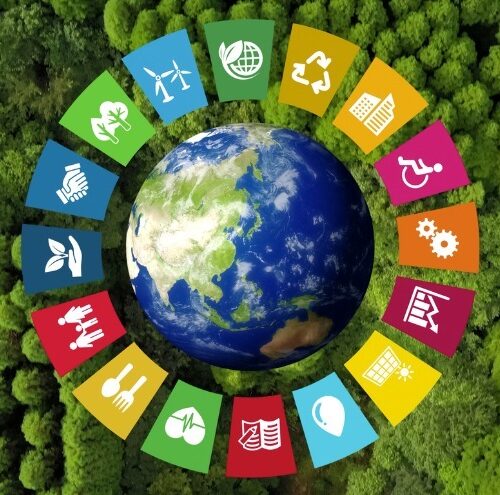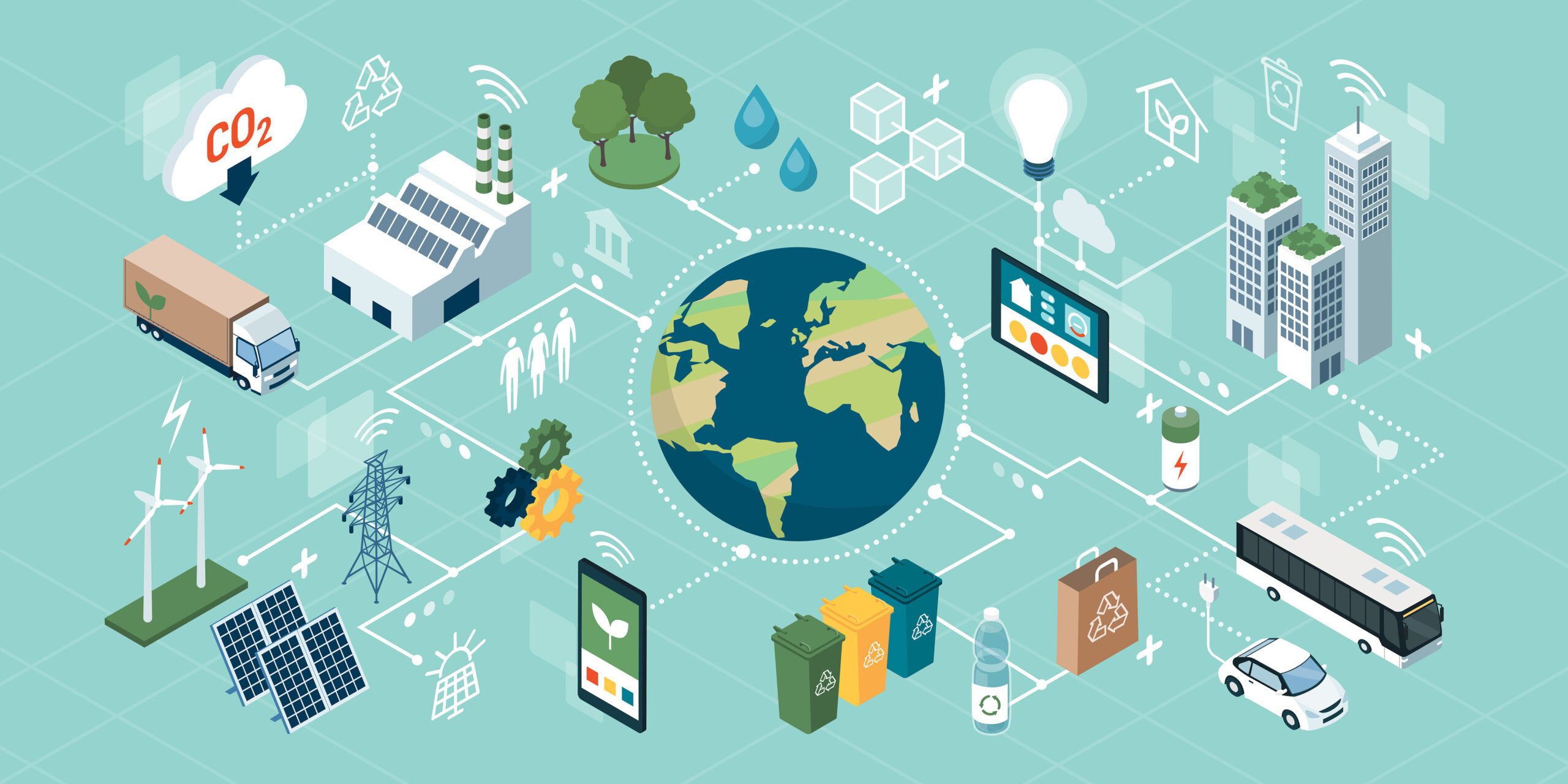The Natural Navigator. Your Sustainable Journey Starts Here
Connect with sustainable business, discover eco-friendly solutions, Find the sustainable travel options, Learn and make a positive impact in a sustainable way.

Editor's Choice
Green Wedding: How to Plan an Eco-Friendly Celebration
- by Priya Paul
- June 24, 2024
The Role of Circular Economy in Reducing Carbon Emissions
- by Nikhil CM
- June 15, 2024
Carbon Labeling: The Next Phase of Calorie Counting
- by Jacob Jose
- May 15, 2024
Most Popular Review
More Review
Going Green with Tata Nexon EV: Detailed Review about the most popular EV in the
- by Jaziba Ghadeer
- November 22, 2023
The Tata Nexon EV has quickly become one of the most popular electric vehicles in India, offering a.
Electric One Astro Pro Review: Dominating with a 200 km Range on a Single Charge
- by Siddhant Auti
- December 9, 2023
Global Sales of EV two-vehicle wheelers are expected to reach 129 million units by 2028. (Source) Therefore, it is.
Top Electric Vehicles with Outstanding Battery Performance in India
- by Bindya Mathew
- December 11, 2023
A comprehensive guide to the top-performing EV batteries in the country. From the groundbreaking Tata Nexon EV Max.
Tata Tiago EV: ‘Now Everyone Will Go EV’ – But Is It Right for You?
- by Jacob Jose
- December 18, 2023
Tata Motors is a brand known for reliance, dependability, and design. They have dominated India’s EV market with.
Search
Top Reviews
Follower
Most Popular News
Xiaomi Enters the Electric Vehicle Market with the Xiaomi SU7
- by Areej Asim
- November 20, 2023
Bestune Xiaoma mini EV 1200kms on a Single Charge &
- by Sreya Mathur
- September 24, 2023
Why Clean Energy?
Fossil Fuel Based Transportation
Co2 Emission by Asia
scheme to promote electric vehicles.
by 2030 and reach net-zero by 2050 in order to limit global warming.




























